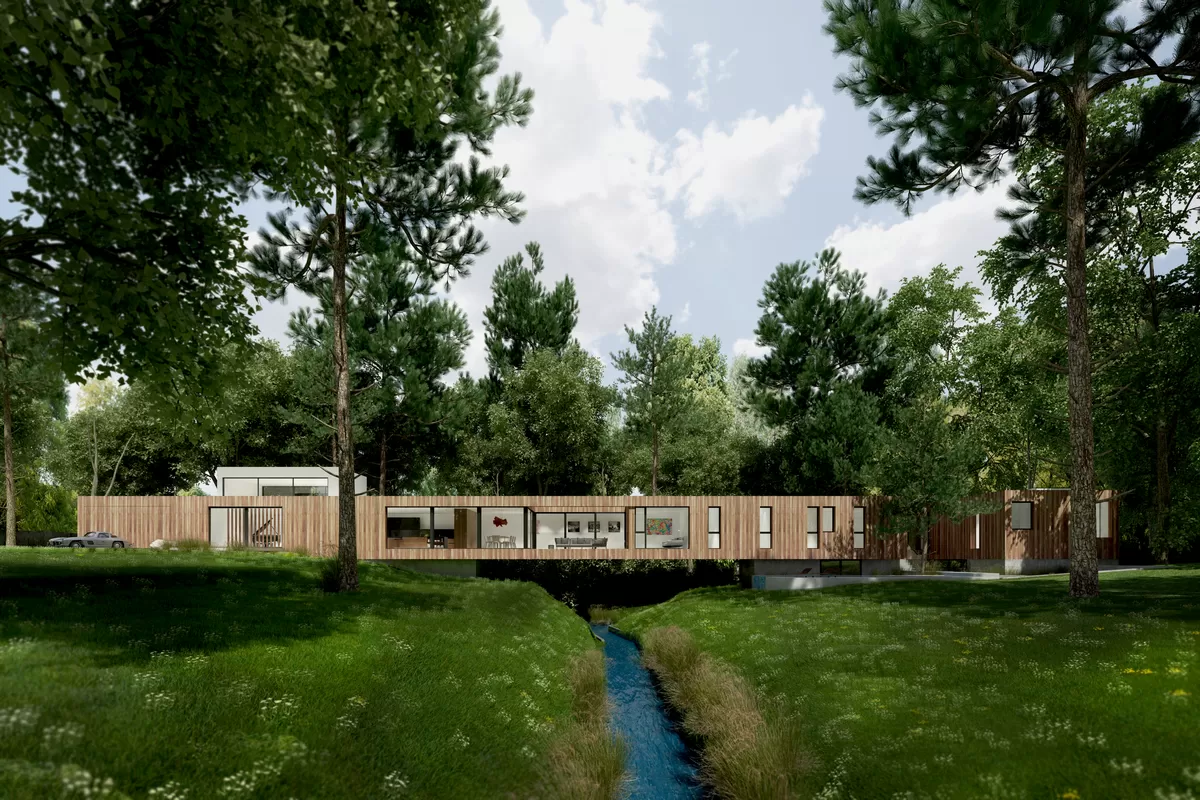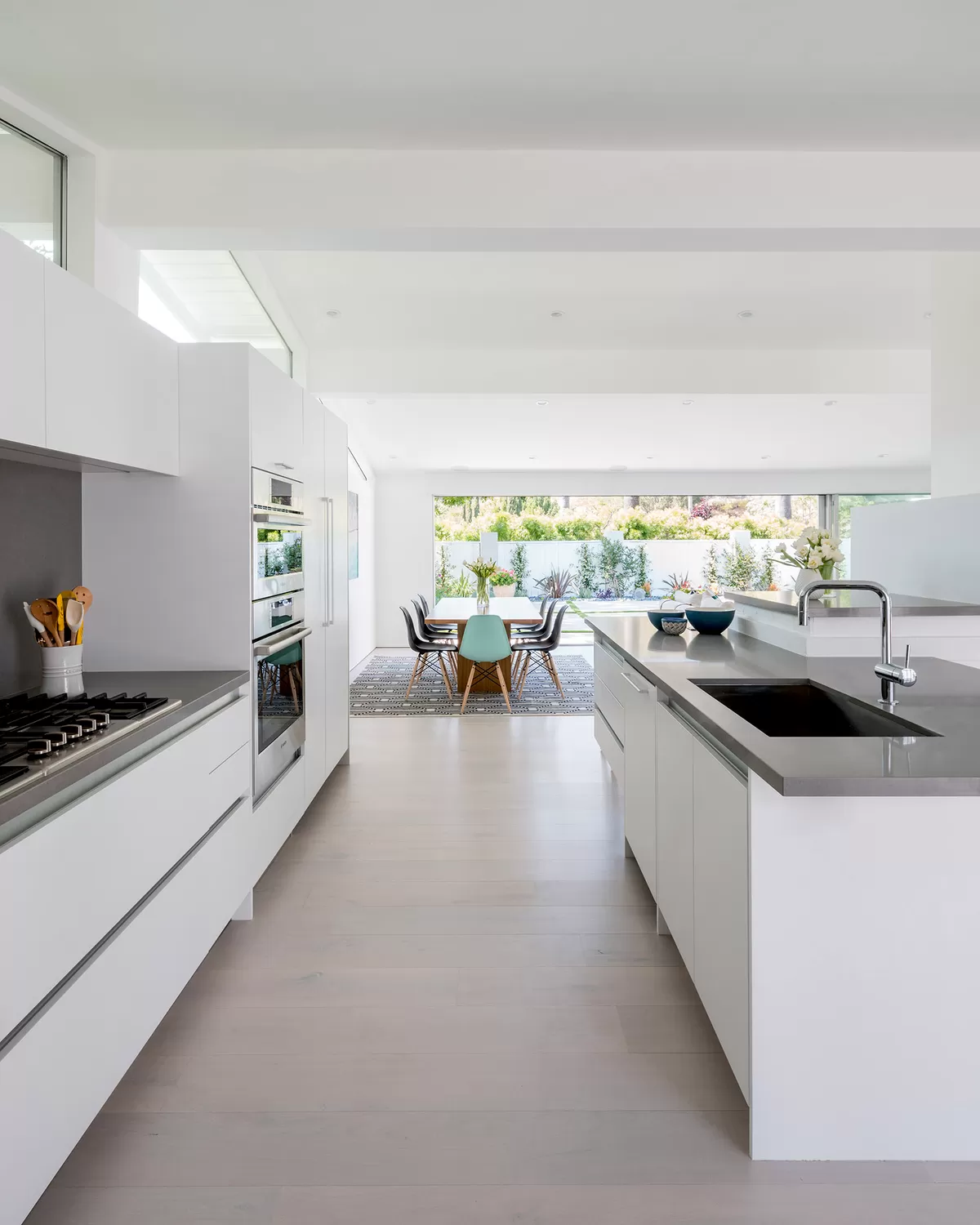written by Dan Brunn
Just as a chef uses specific language in the kitchen, an architect uses their own terminology to guide the creative process of a new project. While you may not have known how to julienne a carrot before trying a new recipe, a quick search of this popular knife technique took your dish from good to great. Similarly, understanding a few basic architectural terms can make all the difference in your home remodel. At my firm, Dan Brunn Architecture, we’re very passionate about helping our clients meet their design goals. If it’s one thing that we’ve learned, taking the time to familiarize our clients with our design vocabulary is a major key to success.
When beginning a new project, I like to sit down with my client and explain the various phases of the project. I’ve found that it’s very helpful to go over visual examples with the client that relate to the current project and can even inspire new ideas. On the other hand, many of our clients come to the table with specific visions in mind, so it’s important to make sure we all are on the same page, or “speaking the same language.”
Over the years, I’ve noticed that there are some terms that clients often aren’t familiar with when starting a project. And, since a successful design project is all about communication, I wanted to take some time today to review five key terms that often come up in these initial conversations, and provide my insights from an architectural point of view. Let’s dive in.

Bauhaus Design – I actually shared a post with some thoughts on the idea of “purposeful design,” which is rooted in the principles of Bauhaus design, a while back. This way of thinking originates from a design school in Germany dating back to the early 1900’s, and its principals have left a long-lasting effect on the design industry. The adage “less is more”, truly speaks to the basics of necessity and intention in design.
Open Floor Plan – This term refers to a house plan in which certain rooms are not clearly defined by walls. This design style has skyrocket in popularity as a contemporary design technique, and was made popular by Swiss architect Le Corbusier. Many homeowners crave open floor plan kitchen, which means using a floor plan that is open to the dining and even sometimes the living room, versus a quartered off kitchen.

Modular Design – Modular design has become more relevant in the design industry, as well as for my team at Dan Brunn Architecture. The term refers to building a home as a series of parts, or modules, that perfectly fit together to create a stunning finished project. In fact, the Bridge House that I collaborated on with Bosch is a perfect example of modular design in action. We utilized a steel construction kit to pick and choose every aspect of the home and compose the space like a high-tech Lego set.
Smart Home – Smart homes are also growing in popularity, as consumers strive to have their technology seamlessly integrated throughout their home space. The kitchen is a great place to incorporate smart home features to simplify the cooking experience. I am particularly excited about Bosch’s line of Bosch Home Connect appliances, which provides homeowners with a new level of control over their dishwashers, ovens, built-in coffee machines and more.
Negative Space – I’m the first to admit, that this term is one that architects are guilty of throwing around a lot. That said, it’s actually much simpler than it sounds. Imagine negative space simply as the air within a room. Graphically it would be depicted as the center of a delicious glazed doughnut. Architects design spaces based on what we perceive while inside them, and when we occupy that negative space the result is a positive balance.
Beyond some of these more “official” design terms, I thought I would visit another I do have a few final tips to keep in mind when communicating with the architectural team. Clients often ask, “is this common, or typical?” While the essence of this question is understandable, I invite you to remove these words from your lexicon. Why? Well, creativity and a space designed specifically for you and your family’s interest are at stake. Each design should be tailored for the specific site and homeowner – try not to be too obsessed with trends or choices others have made.
Dan Brunn is a brand partner for Bosch home appliances. For more information on the award-winning architect, visit www.danbrunn.com.

